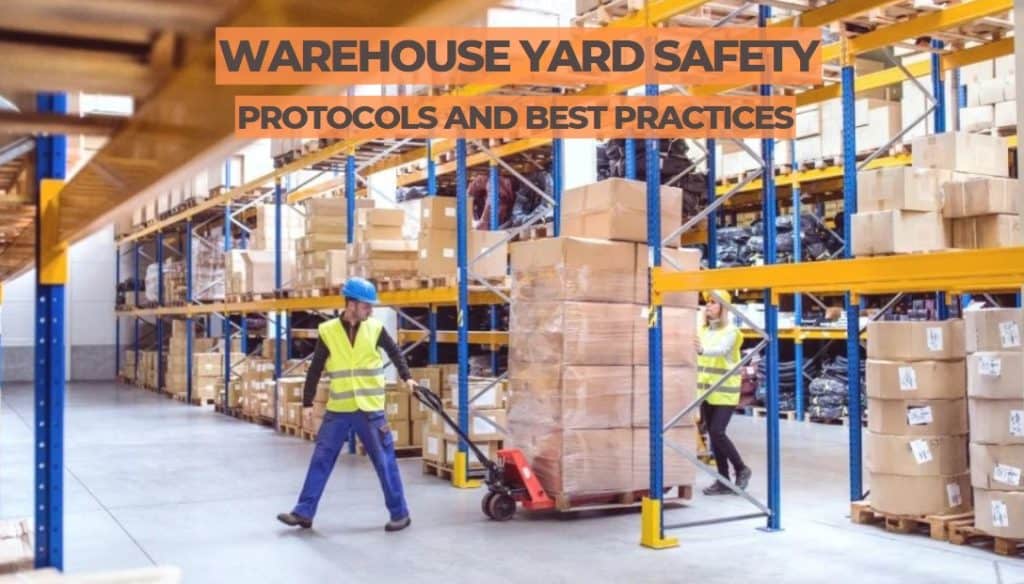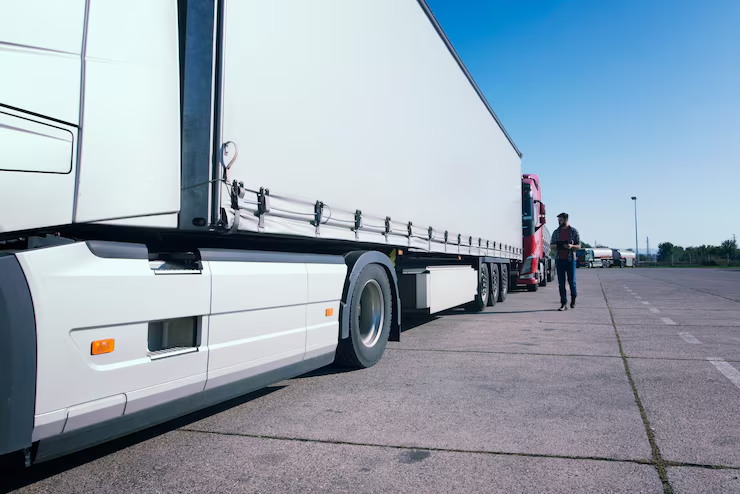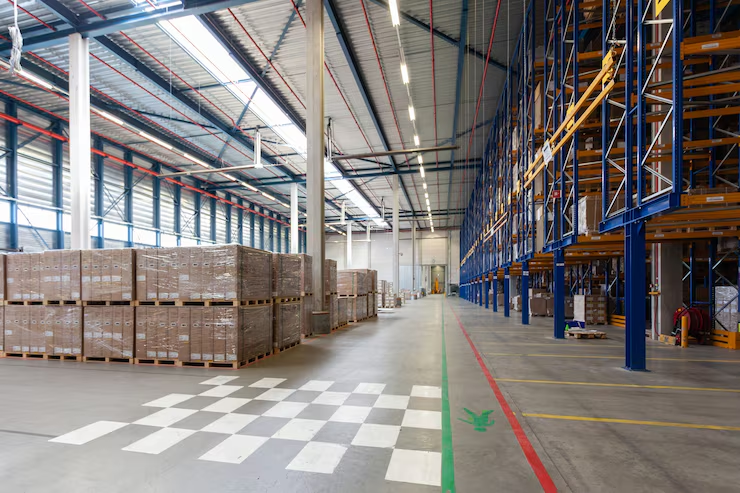Warehouse yard safety is not just about signs and barriers, it’s about creating a system where every vehicle movement, human interaction, and delivery step is accounted for. Many warehouses handle hundreds of trucks and shipments daily, and without the right yard safety protocols, things can go wrong fast. From missed communication between drivers to blind spots in traffic flow, small issues can lead to serious consequences.
In 2023, the U.S. Bureau of Labor Statistics reported over 5,000 workplace injuries related to material handling and yard incidents in logistics facilities. A large portion of these could have been avoided with proper safety procedures and yard tracking technologies in place.
This blog will walk you through proven safety measures, actual case studies from logistics hubs, and smart tools that are reshaping how yards are managed in real-time.
Why Warehouse Yard Safety Should Be A Top Priority
Warehouse yard safety has become a growing concern as logistics operations become faster and more complex. Yard areas are often packed with trucks, trailers, forklifts, and workers—all operating in shared spaces. In such high-activity zones, even a slight lapse in attention or a missing sign can lead to a significant accident.
Poorly managed yards have contributed to serious injuries, missed shipments, and legal issues. According to OSHA, many yard-related incidents involve blind spots, rushed operations, and a lack of structured movement. That’s why implementing proper yard safety protocols isn’t just about compliance; it’s about building a safe, efficient work environment.
Yard Safety Protocols That Actually Work
A few core safety practices, when applied consistently, can significantly reduce incidents. These protocols are simple to follow but are often neglected in day-to-day operations.
Protocol 1
Clearly marking all vehicle lanes and walkways for pedestrians is among the best measures. This eliminates the occurrence of overlap and confusion, particularly in busy hours. Reflective paints and visible signage will enable drivers to see more in low-light conditions or at night.
Protocol 2
Another strategy is scheduling specific movement windows. For example, some warehouses allow only yard trucks to move between 9:00 and 9:30 a.m., while forklifts pause during that time. This prevents vehicle overlap and reduces the chance of collision
Additionally, verifying driver IDs at entry points and logging movement using digital systems provides better control over who enters the yard and when.
The Role Of Real-Time Yard Tracking In Safety
Many companies are now adopting real-time yard tracking systems to reduce guesswork and improve safety. These systems use GPS or RFID tags to display the exact location of trailers, spotter trucks, and even employees. For example, if a trailer enters the wrong zone, the system can immediately alert the manager. This live visibility helps supervisors take faster actions, especially in yards with dozens of active vehicles.
Industry data reveals that companies using advanced yard management systems with real-time tracking see substantial benefits. Reports indicate that these solutions can boost workforce efficiency by 25–30%, raise dock throughput by 20–40%, and cut detention costs by as much as 40–80%. These gains highlight how real-time yard tracking not only makes operations safer, but also delivers major improvements in productivity and cost efficiency.
Common Mistakes That Compromise Yard Safety
Even well-meaning teams can fall into unsafe habits if they lack structure. One common issue is the absence of pedestrian paths. Without dedicated lanes, workers and moving vehicles share the same space, increasing the risk of accidents.
Another problem is inconsistent staff training. Temporary or seasonal workers often skip safety orientations, leading to miscommunication during high-volume periods. Yards can also become cluttered with unassigned trailers, blocking views and increasing risks around corners. Regular clean-up and trailer tracking can solve this.
Case Study: Yard Safety Improvements In Texas Warehouse
A mid-sized distribution center in Texas handling over 400 trailers daily faced frequent near-miss reports and slow shipment handling. After conducting a yard safety audit, they:
- Installed RFID tracking on all trailers
- Created color-coded pedestrian and vehicle lanes
- Introduced scheduled movement windows
Within 8 months, the results were clear:
- Incident reports dropped by 40%
- On-time shipments improved by 22%
- Worker satisfaction scores improved during safety audits
This shows how even basic changes can significantly boost warehouse yard safety.
Yard Safety Checklist
Here’s a quick checklist to help your team improve safety across the yard:
- All lanes and pedestrian paths are visibly marked
- Reflective signs are placed in high-traffic zones
- Yard staff wear high-visibility vests
- Entry logs are maintained digitally
- Movement windows are scheduled to avoid overlap
- Trailer parking zones are clearly assigned
- Real-time tracking tools are in use
- Regular safety training is conducted for all staff
Following a structured yard safety checklist helps reduce accidents, improve worker awareness, and streamline vehicle movement. Simple steps like marked lanes, reflective signs, and scheduled movement windows go a long way in creating a safer warehouse yard. Regular training and real-time tracking add an extra layer of control and visibility.
Final Thoughts
Taking the time to apply solid yard safety protocols, along with using tools like real-time yard tracking, can significantly reduce the risk of injuries, lower operational costs, and improve overall efficiency. Whether you’re managing a small warehouse or a large-scale distribution yard, safety should be a daily priority. Looking to improve your yard operations? Get in contact with us to help you assess current gaps and recommend the right practices tailored to your facility’s needs.
FAQS
1. What are the most important yard safety protocols to implement?
Well-marked lanes, a time-based vehicle distribution, real-time monitoring, and visibility equipment, as well as electronic logs are some of the most important protocols, which minimize accidents and maintain a well-organized yard work.
2. How do you create a safety-first culture in yard operations?
Conduct regular safety training, encourage hazard reporting, recognize safe behavior, and involve all staff in safety discussions to build a shared sense of responsibility in daily yard operations.




